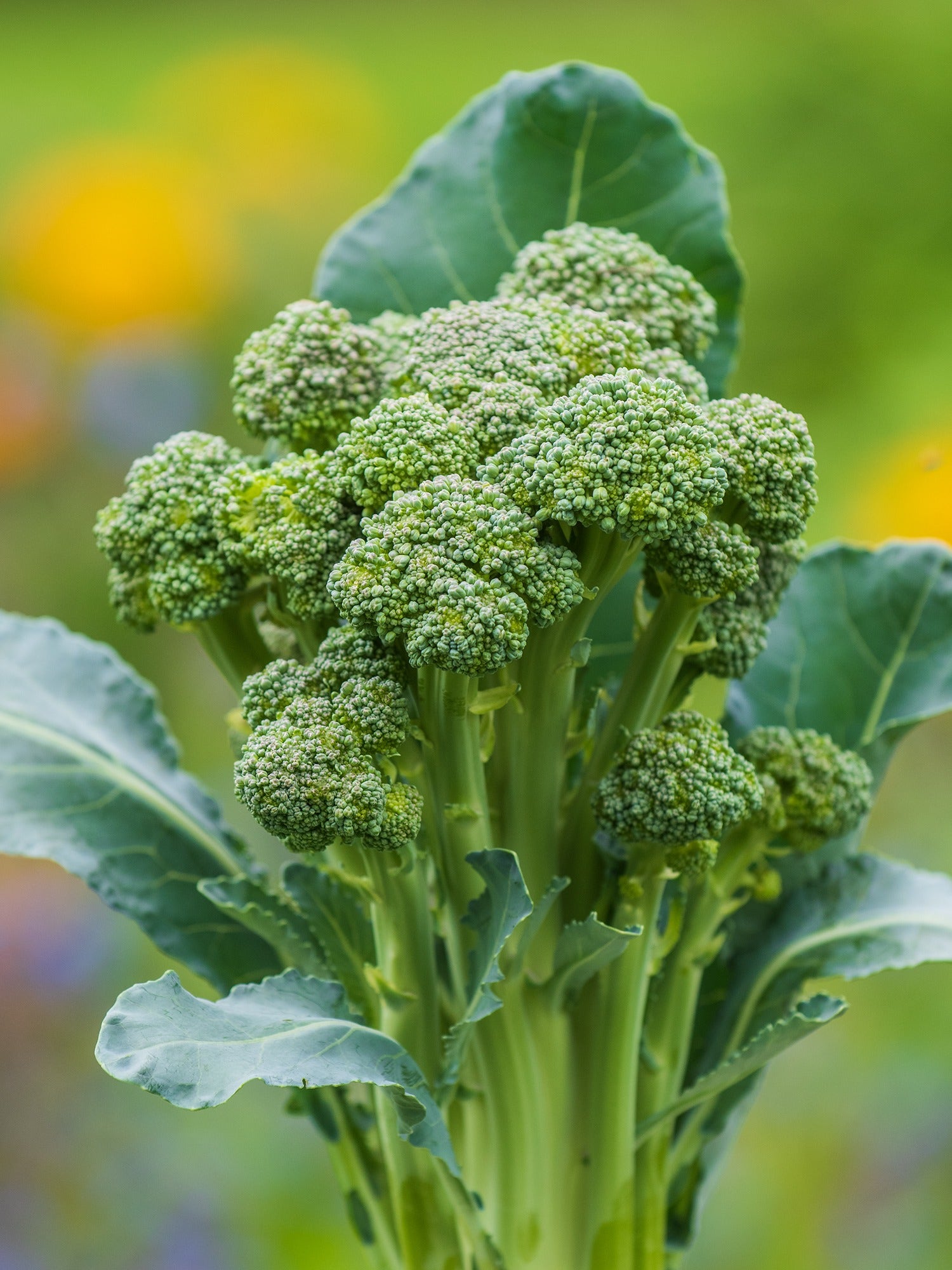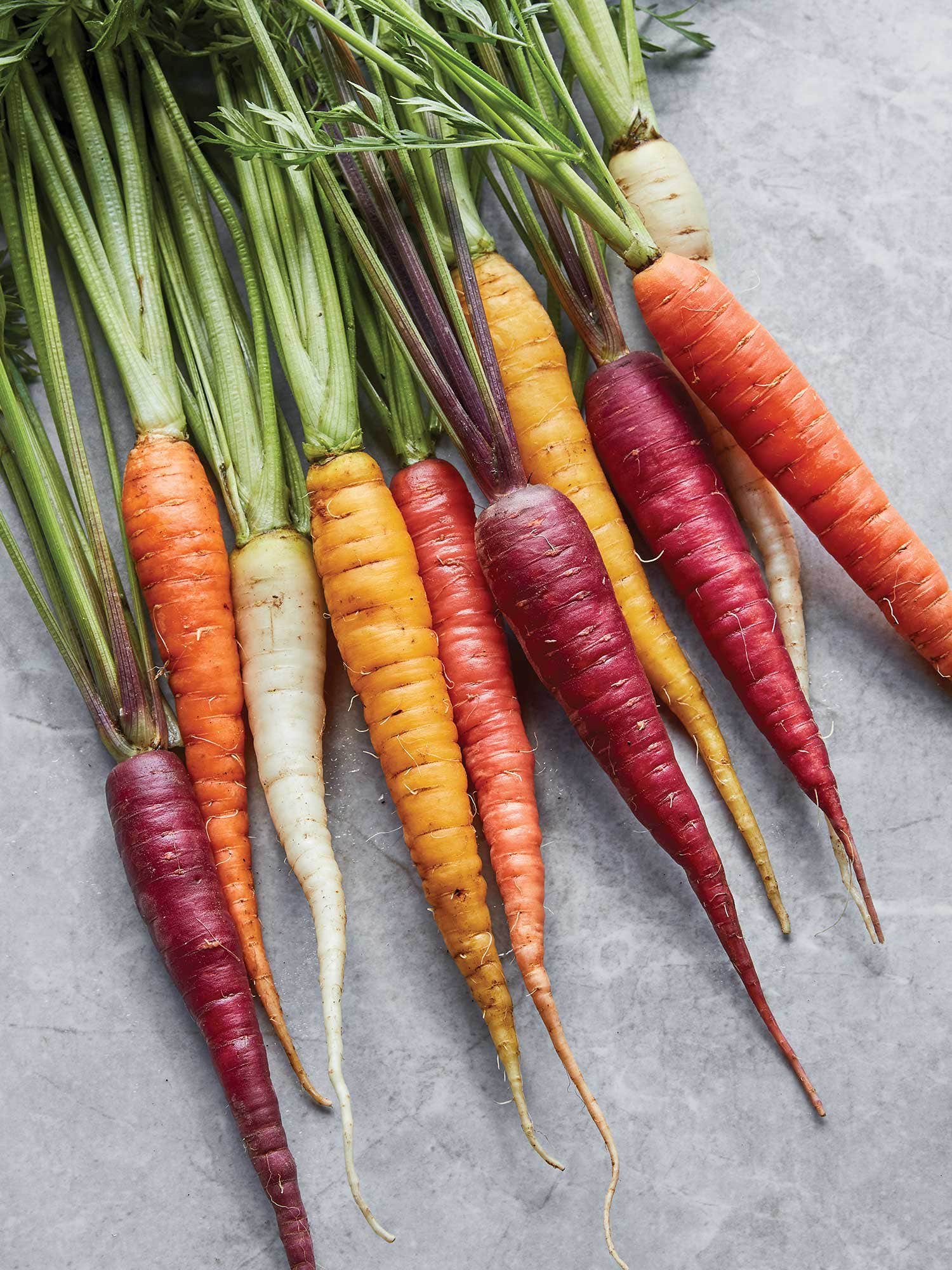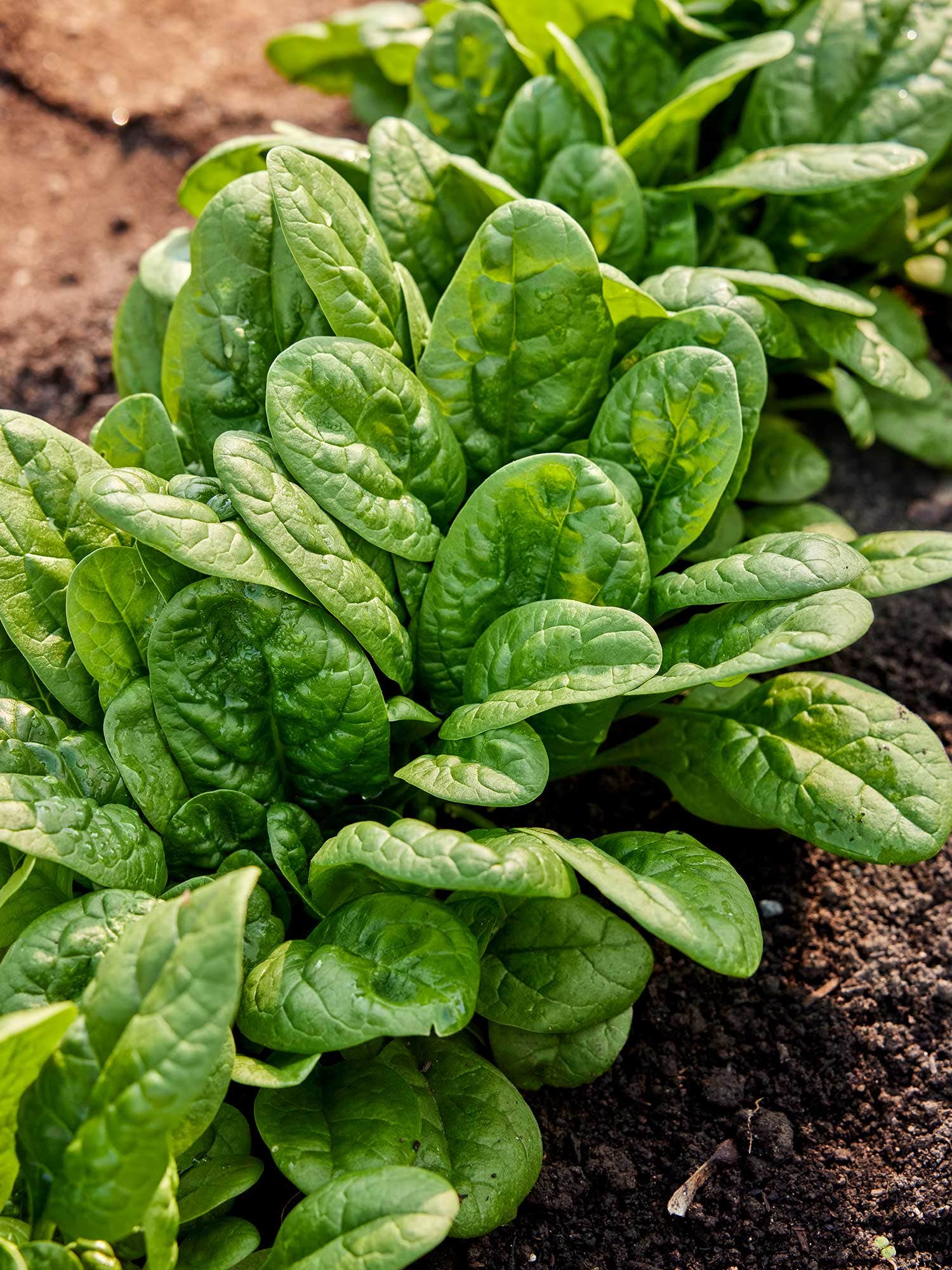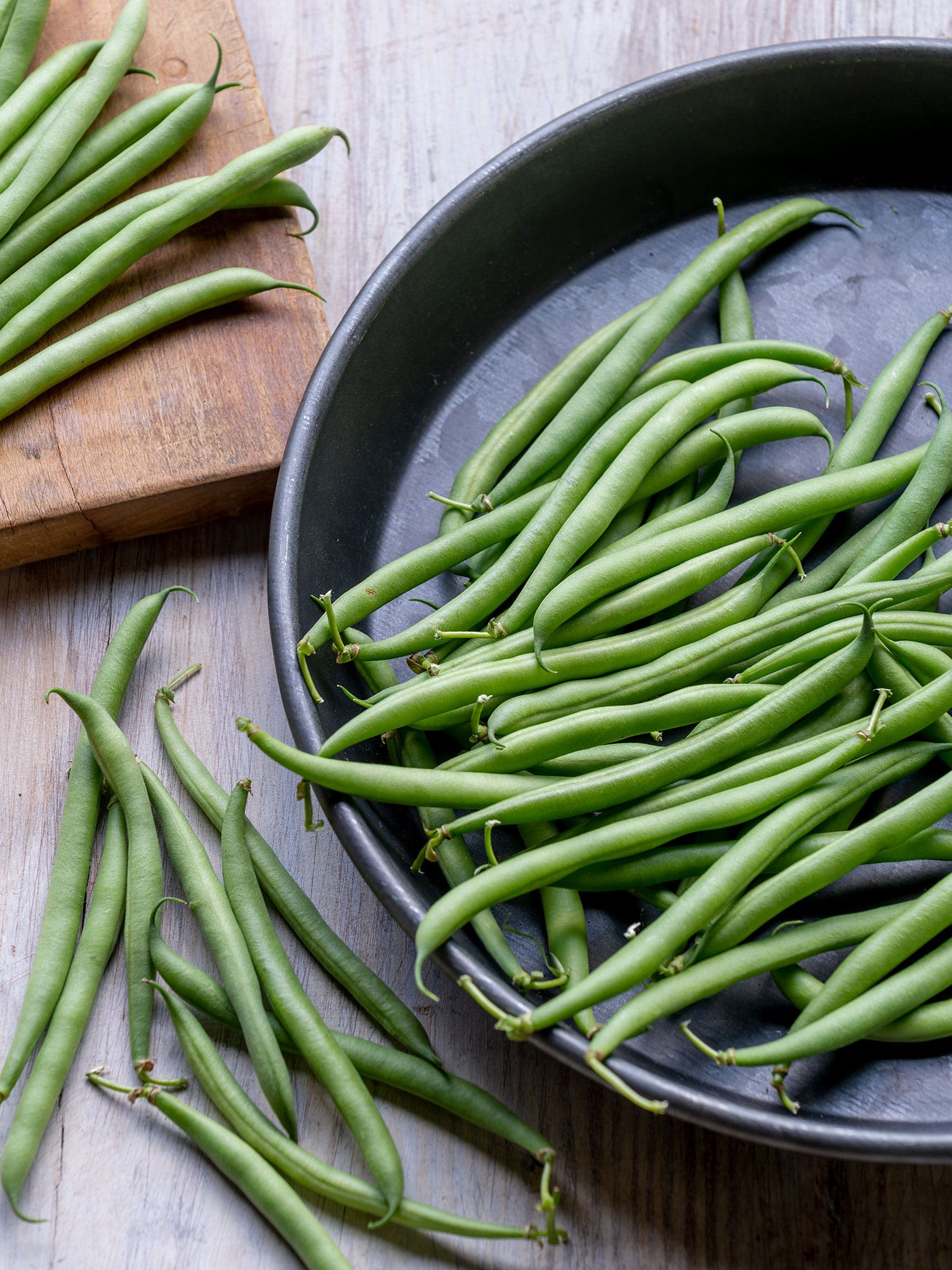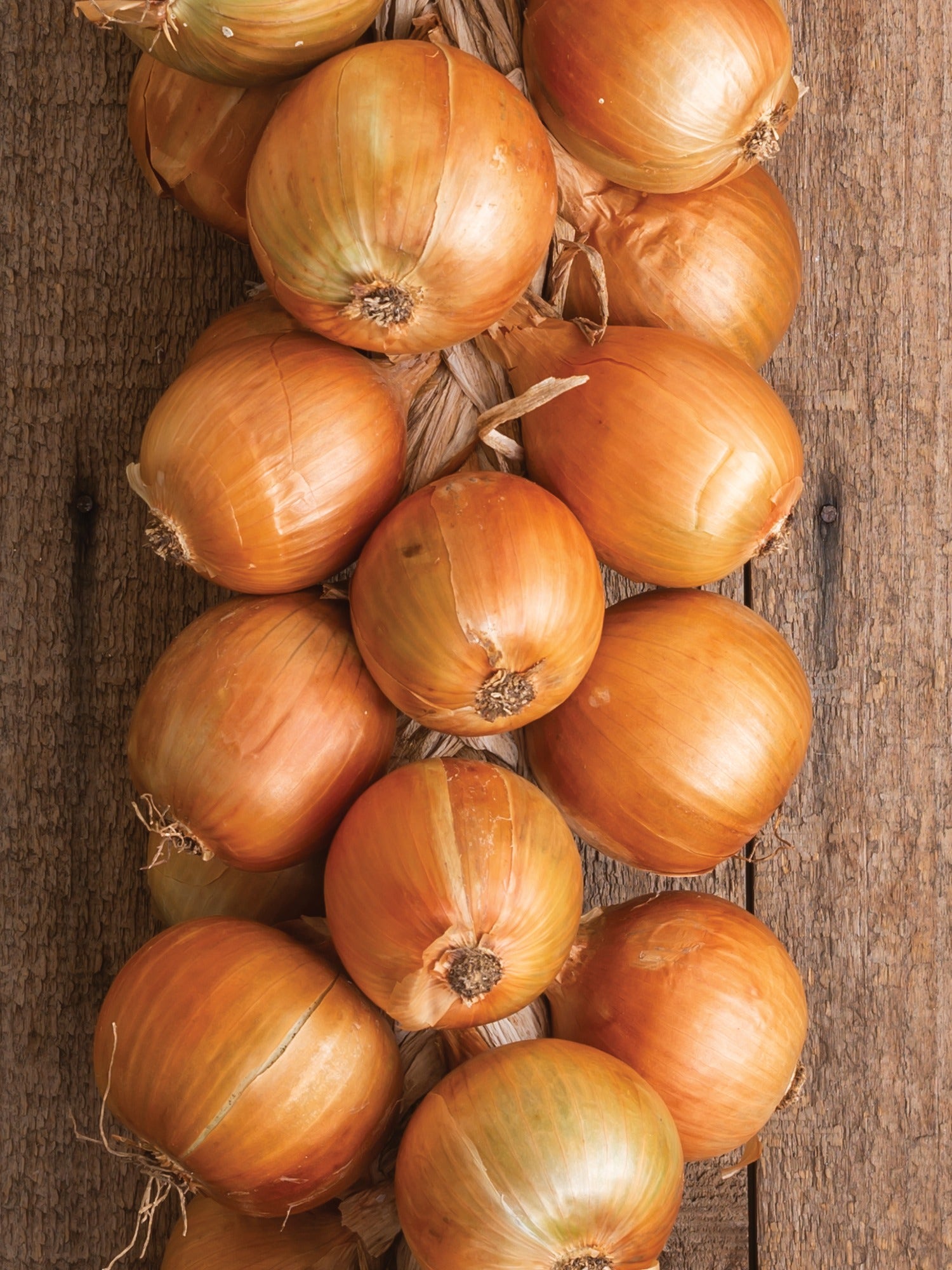5 Vegetables You Can Start Growing in March — Cool Season Picks for Early Summer Crops
Frost or not, it's time to start sowing your vegetable garden. Here are 5 that are great to get in the ground now
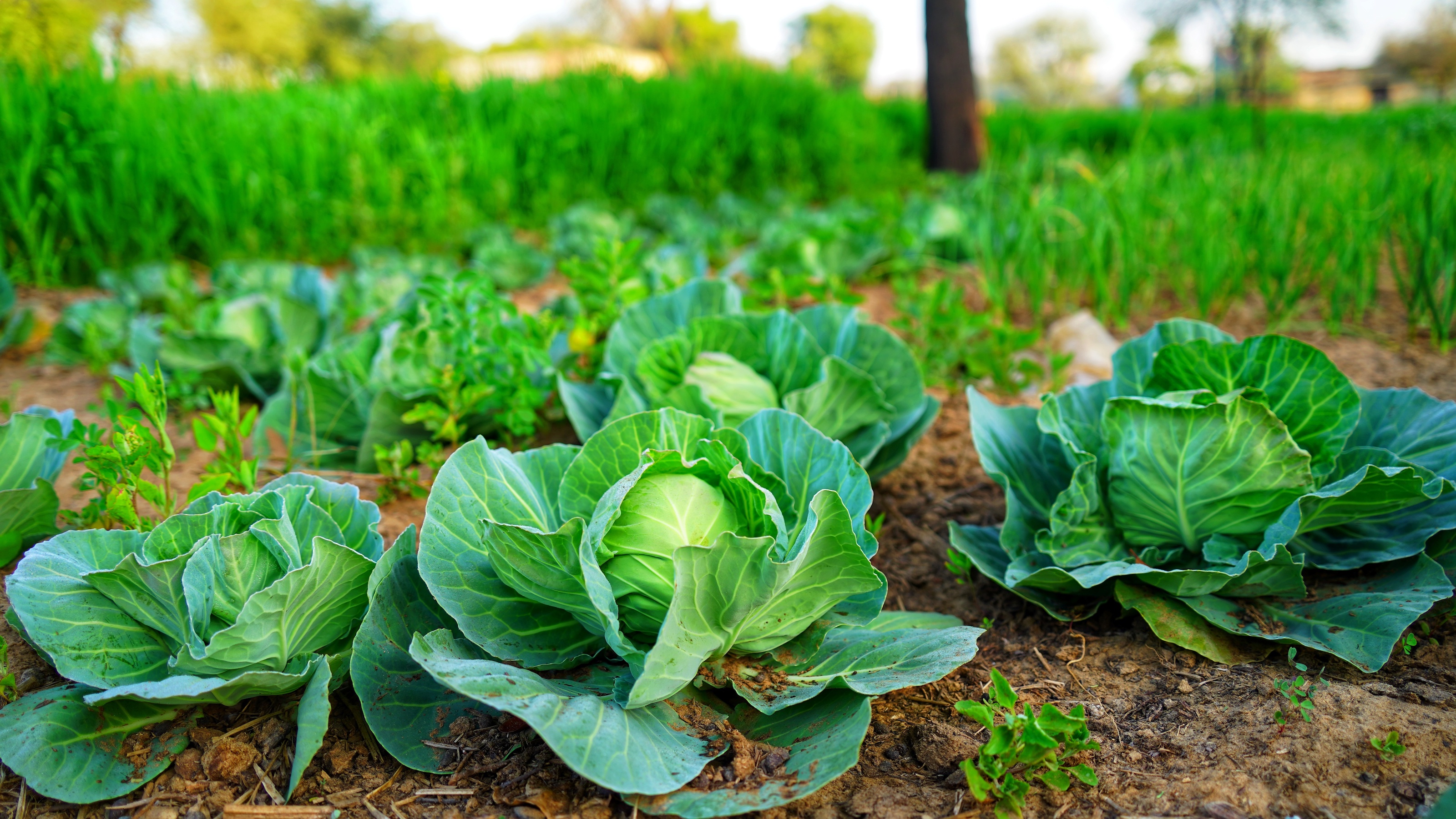
When the days get longer and milder those green thumbs start to twitch. If you're wondering what vegetable to grow in March, our gardening experts have a tempting list of cool seasons crops you can start in your backyard in early spring.
It's worth remember that some vegetables need to be planted after the last frost, while some can tolerate a moderate frost, meaning you can get them into the ground now, depending on where you live.
Frost dates obviously vary from region to region and even from year to year. Find your first and last frost dates according to your zip code from The National Gardening Association, and once you're in the know, it's time to get planting your vegetable garden.
1. Brassicas
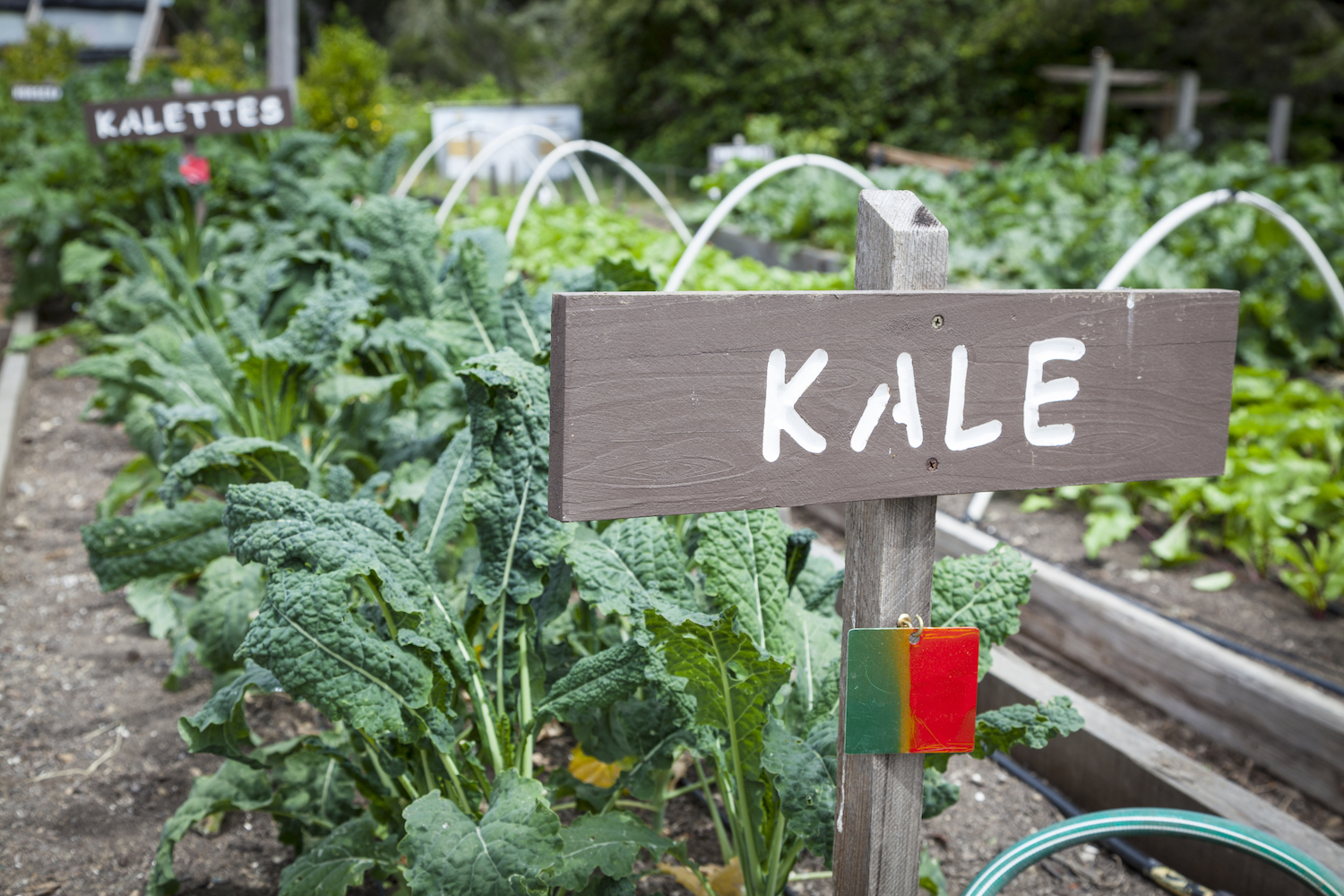
The brassica family of vegetables includes cabbage, kale, cauliflower and broccoli. These 'super foods' are packed with vital health-boosting nutrients, and as cool-season crops can be started from seed in March, ready to transplant next month.
'If you live in a cold climate, where you experience frost, snow and freezing temperatures, and have a short growing season, then sowing seeds indoors can give you a head start to an earlier harvest,' says Resh Gala, author of Vegetable Gardening Made Easy.
According to the experts at Gardening Know How: The Complete Guide to Vegetable Gardening you can start broccoli indoors six to eight weeks before the last frost date for a mid summer harvest. 'Sow seeds 1/4 to 1/2 inch deep in a seed starting mix or soil pellets. Seeds generally germinate within four to seven days, when ambient temperatures remain between 45ºF-85ºF.'
'You can start sowing vegetable seeds such as broccoli, cabbage and cauliflower indoors early in March in southern areas and later in the month in northern areas,' adds Charlie Nardozzi, author, Month-by-Month Gardening New England.
The Livingetc newsletters are your inside source for what’s shaping interiors now - and what’s next. Discover trend forecasts, smart style ideas, and curated shopping inspiration that brings design to life. Subscribe today and stay ahead of the curve.
'Transplant broccoli, cabbage and cauliflower plants into individual containers, once their true leaves form. Thin out seedlings started in small pots, four-packs, or six-packs to the healthiest seedlings.'
'Don't wait too long to thin out your seedlings,' adds Resh. 'Too many seedlings growing in one container is a recipe for disaster. They will compete for nutrients and get stressed and stunted if they don't have room to grow.'
For best results seedlings should be "hardened off" before transplanting outside. This is so they become accustomed to the drop in temperature and stand a better chance of survival.
When transplanting broccoli, cabbages and kale seedlings into the garden, the Gardening Know How experts suggest spacing seedings 12-24 inches apart to give the plants enough room to grow.
2. Roots and tubers
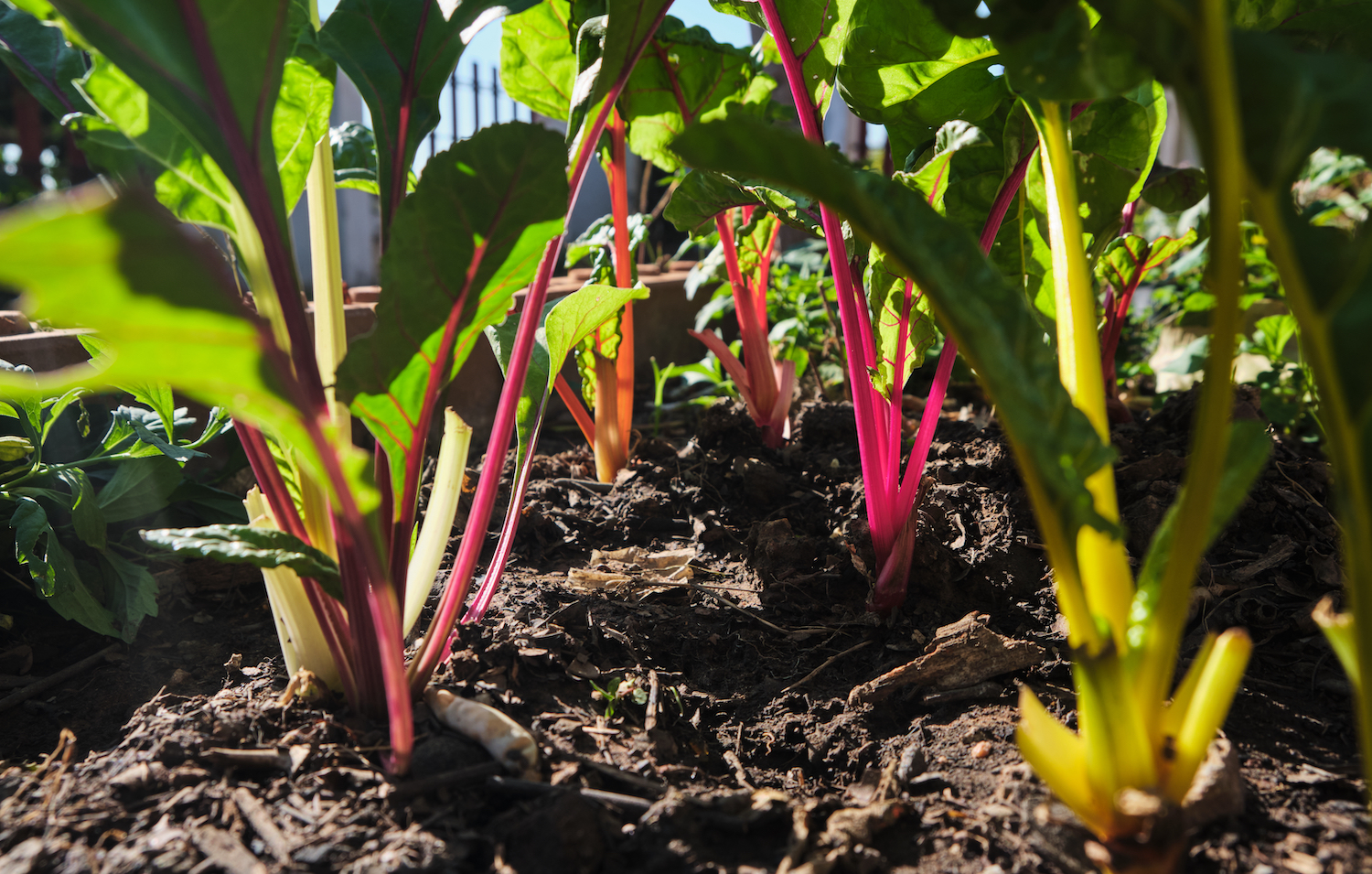
These starchy staples are a popular choice for vegetable growers. And if you're more of a low maintenance gardener, or don't have enough space indoors for seedlings, root vegetable seeds can be planted straight into the ground. However, do check the weather, frost dates and soil where you live.
'Root veggies, such as carrots, beets, radishes, turnips and parsnips benefit from sowing seeds direct into the ground,' says Resh. 'This is because these plants are grown for their roots. Disturbing the tap root by transplanting seedlings can create a root vegetable that looks deformed, has a weird shape or does not grow at all.'
According to Resh, carrots can be sown 3-5 weeks before the last frost, beets 2-4 weeks before and radishes 6-4 weeks before.
'The soil for carrots should be a sandy, well-drained loam. Heavy soils cause carrots to mature slowly,' adds Gardening Know How's expert.
'Beets also thrive in deep, well-drained soil. Sandy soil is best, clay is worst, because it is too heavy for large roots to grow. Mix clay soil with organic matter to soften it.'
'Parsnips grow best in cool weather and prefer temperatures between 60-65ºF (16-18ºC) ,' says Tony O'Neill, author of Simplify Vegetable Gardening. 'The roots become sweeter after a light frost, when the starch converts to sugars, which happens when the plant tips freeze.'
3. Lettuce and salad leaves
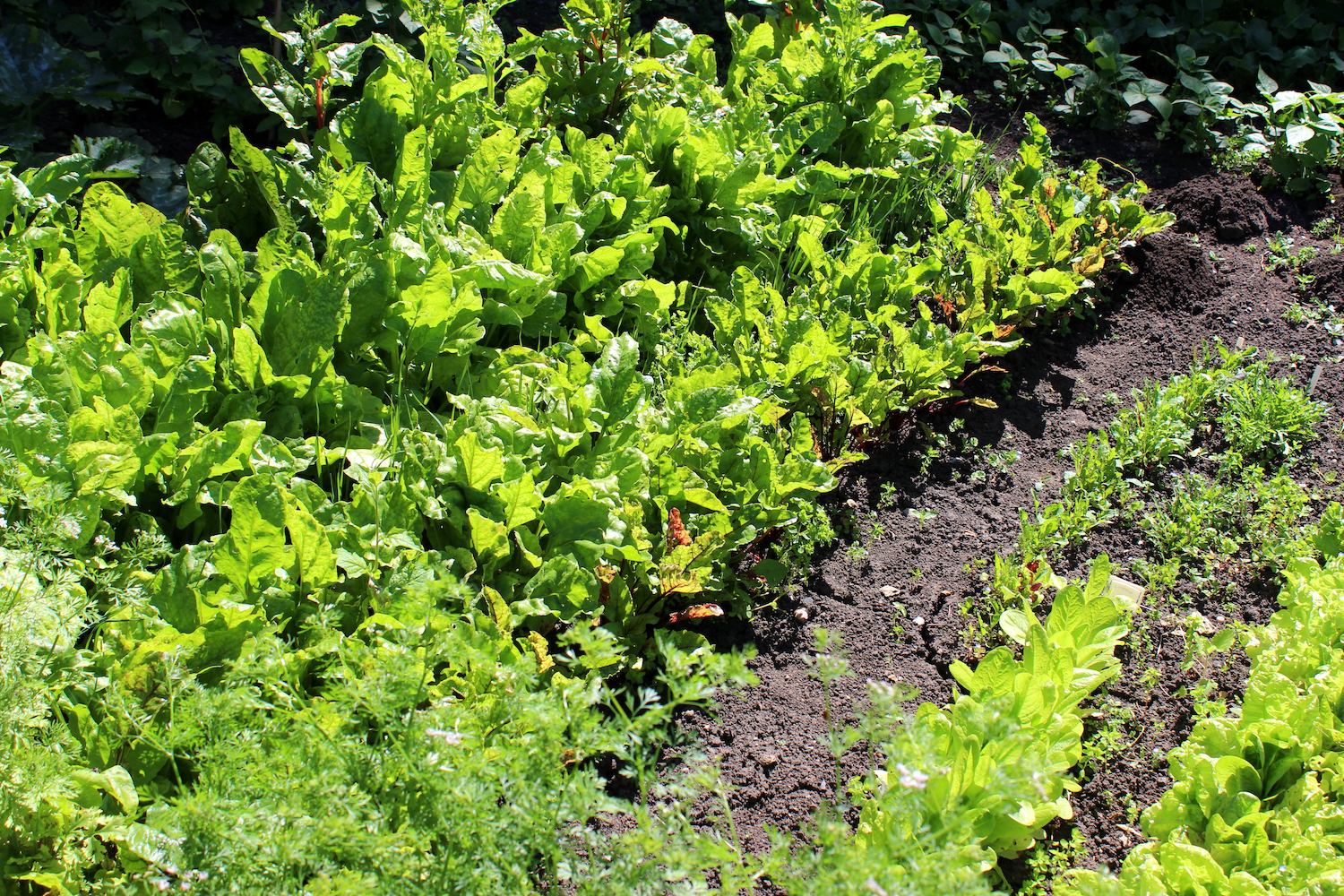
With regular planting (and some dedication), it's possible to have an almost continuous supply of lettuce and salad greens from spring into fall. Mix things up with different varieties of lettuce from romaine or cos to butterhead and oakleaf, plus arugula, spinach and other salad leaves. They're a great choice for vegetable container gardening, too.
'Lettuce can be started indoors in March,' says Kate Copsey, author Month-by-Month Gardening New York & New Jersey. 'These plants do not thrive in hot summer weather, so they yield better in early gardens.
'Lettuce seedlings can then be transplanted into the garden in April. Or plant lettuce in containers and start hardening them off on bright March days. If a cold snap arrives, bring the container indoors for a day or two. In milder winter areas, the seedlings can be hardened off in late March.'
'Looseleaf lettuce can be harvested forty to fifty days after planting,' says Tony O'Neill. 'Stagger planting every two weeks while the weather stays cool to ensure a steady lettuce supply. The last planting should be four weeks before the hot weather of summer begins.
If you like young spinach leaves in salads, this can also be started in March and takes around six weeks to mature.
'Spinach can be planted in early spring or fall, depending on the climate,' says Tony O'Neill. 'Spinach likes cool weather and moist well-drained soil with a neutral pH. Seeds can be sown directly into the soil as soon as the ground is workable about 1/2 in (12mm) deep and two inches (5cm) apart.
'Spinach plants should be thinned to three to four inches (8-10cm) apart when they have their first true leaves. Spinach can be harvested in as little as a month after planting, by cutting the outer leaves or the whole plant.
'Maintain a soil pH of 6.5 to 6.8 for leafy greens; spinach is particularly sensitive to acidity.'
4. Legumes (peas and beans)
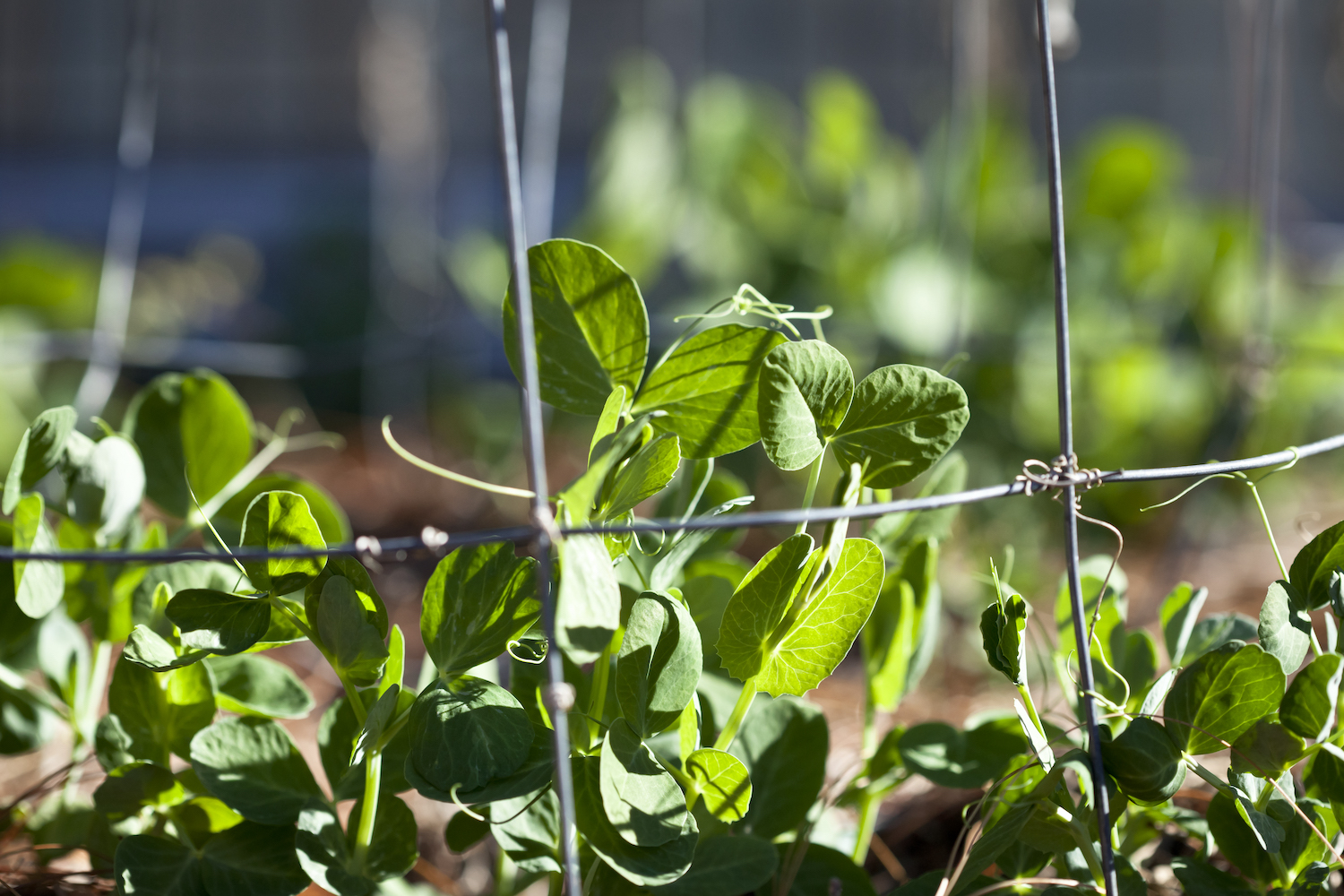
Peas and beans are another cool season crop that can be started in March, if the soil is workable.
'It's best to plant these veggies after the soil has warmed to 60ºF (16ºC) and the threat of frost has passed,' says Tony. 'Bush snap peas can be planted in succession. Vining plants can be trained to climb an 8-foot (2.4m) tall trellis with no effort.
'Plant bush varieties of fresh or snap beans, dry beans, lima beans and southern peas at a density of five to seven seeds per one foot (30cm) of row of lima beans; sowing two to three seeds per one foot (30cm) of row of southern peas.
'For bush varieties of peas it's six to eight seeds per one foot, and vining varieties, three to four seeds per one foot of row. White mold is suppressed by increasing the distance between rows.
'These cool season vegetables need to be sown early spring for a spring yield, or in the mid to late summer for a fall crop. Plants decline rapidly in the summer's high temperatures.'
5. Alliums (bulb vegetables)
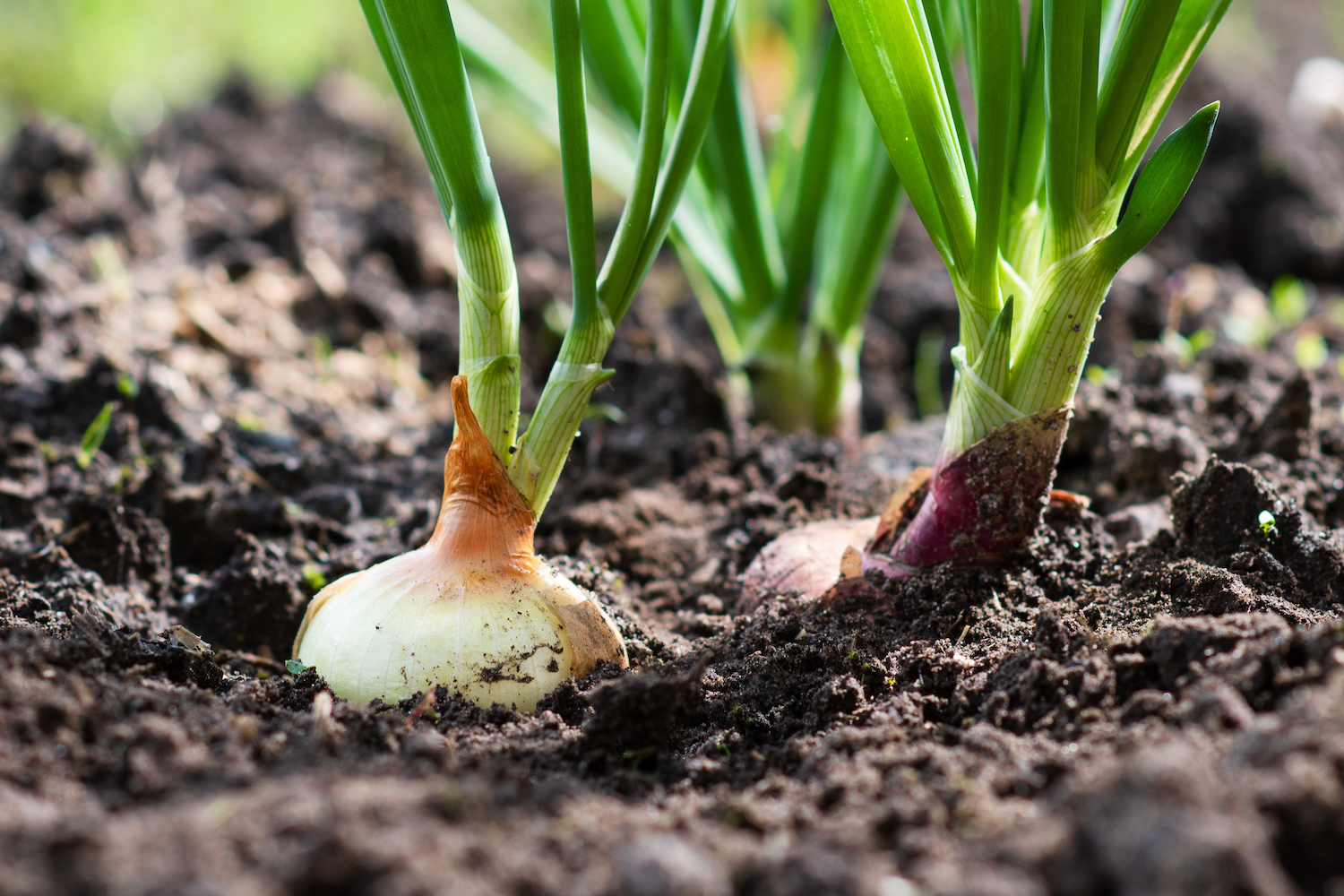
Many savoury dishes have onions, leeks or garlic at the foundation for the bold flavor they provide, so alliums are a staple for home cooks and chefs alike. Homegrown onions and garlic can also be dried and will last for months if kept properly.
'These plants have the appearance of root vegetables but are something else entirely,' explains Tony O'Neill. 'Leaves or swelling stems are the harvested and consumed parts.
'Onions, chives, garlic, shallots and other members of the allium family are great additions to the garden. Maintain a soil pH of 6.0-6.8, more acidic if your soil is rich in organic material. Other than seed and root maggots, onions and related crops have very few pest problems.'
Onions can be planted in the spring or fall. However, if you're starting out, onion sets (small bulbs) are easier to grow than seeds and can be planted outdoors in the spring, as soon as the soil can be worked (and temperatures are unlikely to dip below freezing). They are usually ready to harvest in around 14 weeks.
Planting garlic in fall is the general rule of thumb, as the roots need cold exposure, however, "spring garlic" varieties are available.
'This garlic is often a softneck variety and doesn't need much cold exposure,' explains John Côté at John Boy Farms, author of Growing Big Garlic. 'The garlic varieties we offer are for late summer and fall, however, "spring garlic seed" can be purchased at garden centres.'
Jacky Parker is a freelance lifestyle journalist and writer, producing a wide range of features for magazines and digital platforms. She has written for Livingetc and its sister titles, Homes & Gardens and Country Homes & Interiors for more than 15 years, both as a freelance contributor and as Acting Digital Editor and Acting Style Content Editor, regularly reporting on the latest interiors, gardens and wellness inspiration, speaking to experts in their respective fields, and discovering the best tips.
Jacky has also written for other publications, including Sunday Times Style, The Telegraph, Architectural Digest, House Beautiful, ELLE Decoration, Red, Grand Designs and more.
